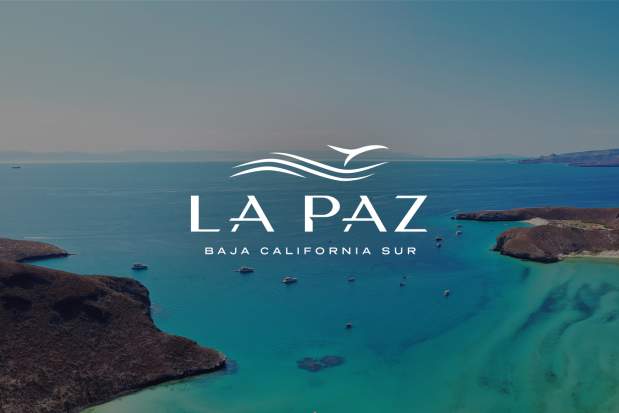In 1983 the term ecotourism and its definition were introduced by Arch. Héctor Ceballos Lascuráin, director of IUCN. Among its main objectives, ecotourism seeks to raise awareness among people who spend time with the flora, fauna and culture of the place they visit, as well as caring for the environment; taking into account the economic influence for the benefit of the local population and the remote good of the country.
Traveling with this perspective is a deep responsibility of respect for life and a commitment to the entire planet. It is an important instrument in conservation as it is a potential tool for capturing biological, cultural and ecological information, and as if this were not enough, an experience of this type can make you really happy.
La Paz is an ideal place to carry out ecotourism: we can practice ecotourism focused on a wide range of ecosystems and wildlife. A great example are these famous long-lived and large reptiles that unite land and sea: Sea turtles! There is no one like them. There is no animal to compare them to, since there is no other being that lives all its life in the ocean but depends specifically on the beaches to continue its existence. These beautiful, mythical and emblematic reptiles grow, feed and reproduce in the sea, depending on the species, they migrate through the world's oceans until they reach mainland and look for the perfect conditions to bury their eggs. Returning to the beach that saw them being born, they perpetuate their existence.

But for sea turtles coexistence with humans has been very difficult. Currently 6 out of 7 species are in danger of extinction; the main causes being ocean pollution, fishing, climate change and the illegal trade of their shells or eggs. The west coast of Mexico was once one of the largest and most diverse assemblages of sea turtles in the world providing food, protection and nesting beaches. Of the millions of sea turtles that existed on the Mexican Pacific coast, only a few thousands remain; in 1972 the mexican government began to regulate its capture.
Five out of seven species of sea turtles are found in the Baja California Peninsula: the eastern Pacific green turtle, Chelonia mydas; the olive ridley turtle, Lepidochelys olivacea; the yellow turtle, Caretta caretta; the hawksbill turtle, Eretmochelys imbricata and the leatherback turtle Dermochelys coriacea. And we can find them in the places where they feed and the beaches where they nest.

One of the most enriching experiences to see sea turtles up close is in RED Travel México’s camp in Magdalena Bay, one of the main feeding areas for sea turtles,where monitoring is carried out to capture turtles led by experts in order to measure, weigh and mark them for research in conjunction with Grupo Tortuguero de las Calfornias. All this while enjoying its first-class facilities operated by local fishermen who do an incredible job for the conservation of the bay and for making your experience an unforgettable memory with delicious gourmet food, luxury tents and with the presence of the gray whales in the surroundings while in season.
https://www.youtube.com/watch?v=tBTNho_Zugg
On other beaches, such as Todos Santos, it is possible to find turtle nesting areas where different turtle groups are in charge of monitoring beaches to identify turtle nests and protect them properly. In season, normally between August and December, it is possible to join these turtle groups to learn from the work they do as well as to release small turtles on their way to the sea.
Connecting with nature and culture through ecotourism is an experience like no other; this is why one of the first recommendations to be happy is to invest in experiences, which last for a lifetime. A Pacific sunset, interacting with newborn sea turtles struggling to reach the ocean, or releasing large adult turtles after being monitored, will leave you with a wonderful memory forever. Follow our advice to be happy. Do you dare to live this experience?

